Bleach has been a staple in household cleaning for nearly a century, yet it has its drawbacks concerning health and the environment. If you’re aiming to brighten laundry, remove stains, or sanitize surfaces, consider these natural bleach alternatives for a healthier, eco-friendly home.
Understanding Bleach
Bleach is a chemical compound commonly used as a disinfectant and whitener in homes. The most prevalent form is sodium hypochlorite, often referred to as “liquid bleach.” It’s a clear, pale yellow liquid known for its potent odor. Typically, it’s diluted with water, as undiluted bleach can erode certain materials.
Mechanism of Bleach
The disinfecting and stain-removing abilities of bleach stem from its oxidative and antimicrobial capabilities.
Sodium hypochlorite, the core ingredient in bleach, acts as a strong oxidizing agent. It alters substances by transferring oxygen molecules, a process that can break down numerous stains and contaminants. This action can either make them less noticeable or completely eliminate them.
Bleach effectively eliminates a myriad of microorganisms, such as bacteria, viruses, and fungi, by disrupting their structure and enzymes through oxidation. This capability makes surfaces and water safe after disinfection.
The oxidative action of bleach can also eliminate pigments that discolor fabrics and surfaces, which accounts for its use in whitening clothes and removing stains.
Health Risks Associated with Bleach
Bleach is efficient for cleaning and whitening, but it poses several health hazards. Here are some potential risks:
Respiratory Issues
Mixing bleach with products containing ammonia or acids, like vinegar, releases harmful fumes, notably chlorine gas.
Long-term exposure to bleach vapors can lead to respiratory problems. Symptoms may include coughing, wheezing, or shortness of breath, especially for individuals with pre-existing conditions like asthma or chronic obstructive pulmonary disease (COPD).
In extreme cases, it might result in chemical pneumonia or other severe respiratory problems, which can be life-threatening. Even without mixing it with other cleaners, bleach fumes alone can be harmful.
Skin and Eye Reaction
Direct exposure to undiluted bleach or its fumes can irritate the skin and eyes, potentially causing redness, burning sensations, or even chemical burns. If bleach gets into the eyes, it can result in severe damage or blindness.
Allergic Responses
Some individuals might have a sensitivity or allergy to bleach, leading to skin rashes or hives. Immediate medical advice is crucial if there’s an adverse reaction. In severe cases or ingestion, contact poison control or emergency services.
Suppressed Immune Function
A 2015 study on over 9,000 children in the Netherlands, Finland, and Spain explored bleach’s effect on infections in children.
Significant results showed that using bleach at home increased children’s flu incidence by 20% and recurrent tonsillitis by 35% compared to households not using bleach.
Researchers observed: "Passive exposure to cleaning bleach in the home may have adverse effects on school-age children’s health by increasing the risk of respiratory and other infections. The high frequency of use of disinfecting irritant cleaning products may be of public health concern, also when exposure occurs during childhood."
We can be “too clean,” as discussed by MIT-trained engineer Jasmina Aganovic in a podcast episode. Even the FDA agrees we shouldn’t overdo the fight against bacteria.
Danger of Ingestion by Children or Pets
Ingesting bleach is hazardous and necessitates immediate medical attention. It can cause severe chemical burns in the digestive tract, leading to serious symptoms like nausea, vomiting, and abdominal pain or even life-threatening complications.
A 2010 report indicated that out of 270,000 young children affected by household cleaners, bleach was responsible for 37% of the incidents.
Environmental Impact
While the Environmental Protection Agency (EPA) generally regards bleach as safe, stored bleach can form perchlorate, a toxic chemical found in drinking water.
As per the Environmental Working Group (EWG), perchlorate has surfaced in irrigation water, now detectable in produce, dairy, and packaged foods. It can hinder thyroid iodine absorption, affecting child development.
Alternatives to Bleach
Consider these alternatives for laundry and cleaning, including commercial products and DIY options:
1. Branch Basics Natural Cleaner
Branch Basics offers non-toxic, environmentally-conscious cleaning products, including a versatile cleaning concentrate. Their Oxygen Boost formula acts as an effective bleach substitute, brightening laundry and pre-treating tough stains. It’s also suitable for bathroom tiles and grout.
2. Truly Free Home Natural Cleaner
Truly Free Home’s OxyBoost is another bleach alternative, fragrance-free but potent enough for bleaching without causing fabric damage. This mission-driven company also supports education and basic needs for over 200 children in Central America.
3. Hydrogen Peroxide
Commonly found as 3% hydrogen peroxide, it’s an effective bleach alternative available with a sprayer. Use directly on stains before washing to whiten laundry, or add to bleach dispensers or drums. Hydrogen peroxide can disinfect various surfaces via a diluted spray.
4. DIY Oxiclean
Combine hydrogen peroxide and washing soda for a homemade Oxiclean solution. Mix them with hot water in a spray bottle, forming sodium percarbonate. This eco-friendly cleaner tackles tough stains and acts as a bleach alternative.
5. White Vinegar
A versatile cleaner, white vinegar dissolves mineral deposits, removes stains, and neutralizes odors. Mix equal parts with water for general surface cleaning or apply undiluted to areas needing disinfection, including kitchen and laundry use.
6. Baking Soda
Baking soda is an excellent deodorizer and scrubbing agent for surfaces and fabrics. Create a paste with water for stain treatment or add half a cup during laundry to brighten whites and neutralize odors.
7. Borax
Borax, another effective bleach substitute, can be used for laundry and cleaning. Mix with water for surface cleaning and disinfecting, or add to laundry to brighten whites. Use natural or high-quality borax powders.
8. Lemon Juice
Citric acid in lemon juice naturally acts as a bleach, useful for laundry and surface cleaning. Apply directly to stains or mix with water for laundry cycles and household cleaning.
9. Sunlight
Natural UV rays in sunlight bleach and disinfect items. After cleaning, let items sit in direct sunlight for a few hours. Caution: extended sun exposure may fade colored fabrics.
Consider Your Home Microbiome
It’s easy to over-sanitize, even using natural alternatives, potentially harming your home’s microbiome.
Like the human body, homes host diverse microorganisms. A balanced microbial environment can hinder harmful microbes like mold, improving air quality and overall home health.
Excessive disinfection may disturb this balance, which could affect respiratory health, allergies, and immune development, especially in children.
Guidelines for Disinfection
In mindful cleaning:
- Use gentle, non-toxic cleaning products to preserve microbial balance.
- Target disinfectant use for specific situations, like illness or potential contamination.
- Focus on high-contact areas, such as kitchens and bathrooms, and avoid over-disinfection.
- Prioritize proper hand hygiene to minimize germ spread, reducing disinfectant needs.
Frequent disinfection may lead to resistant bacteria and mold. Use disinfectants wisely to prevent microbial resistance.
In Conclusion: Embracing Natural Bleach Substitutes
These bleach alternatives inspire a cleaner, more sustainable home. Explore further natural cleaning options needing only simple, affordable ingredients like hydrogen peroxide and baking soda.
What alternatives do you use instead of bleach? Share your experiences!






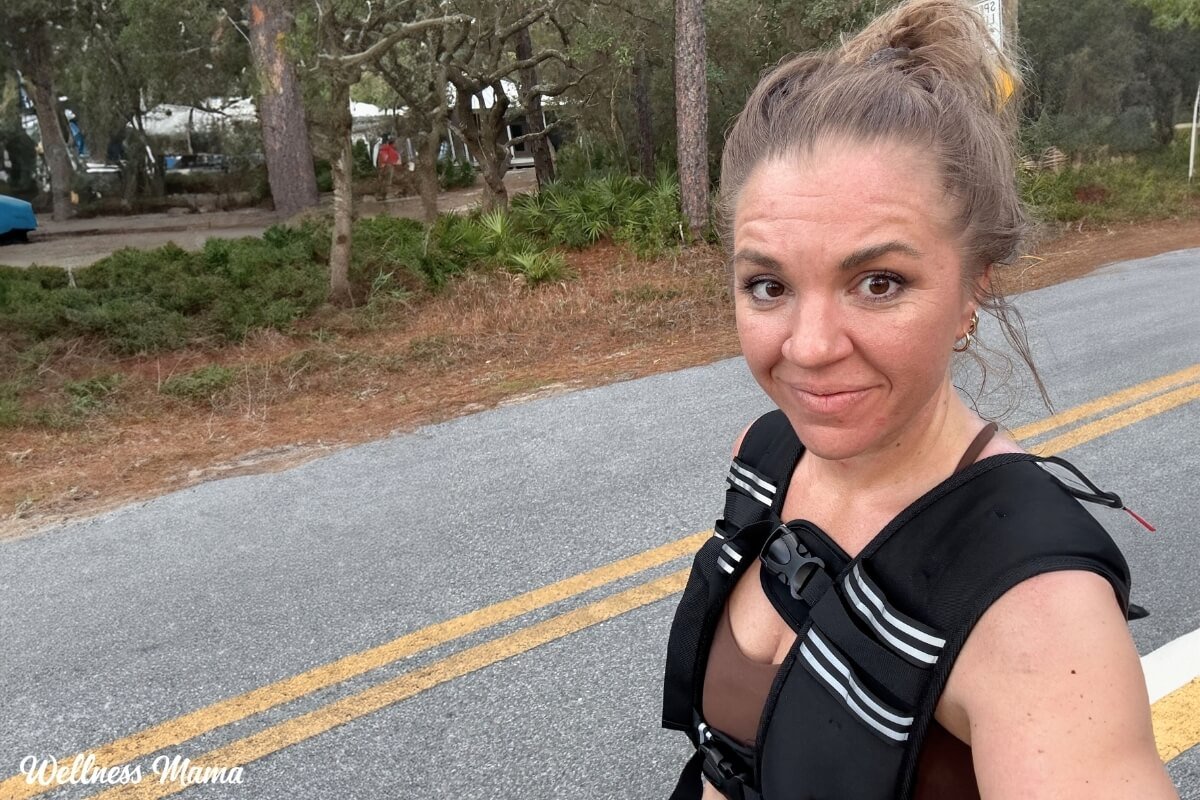



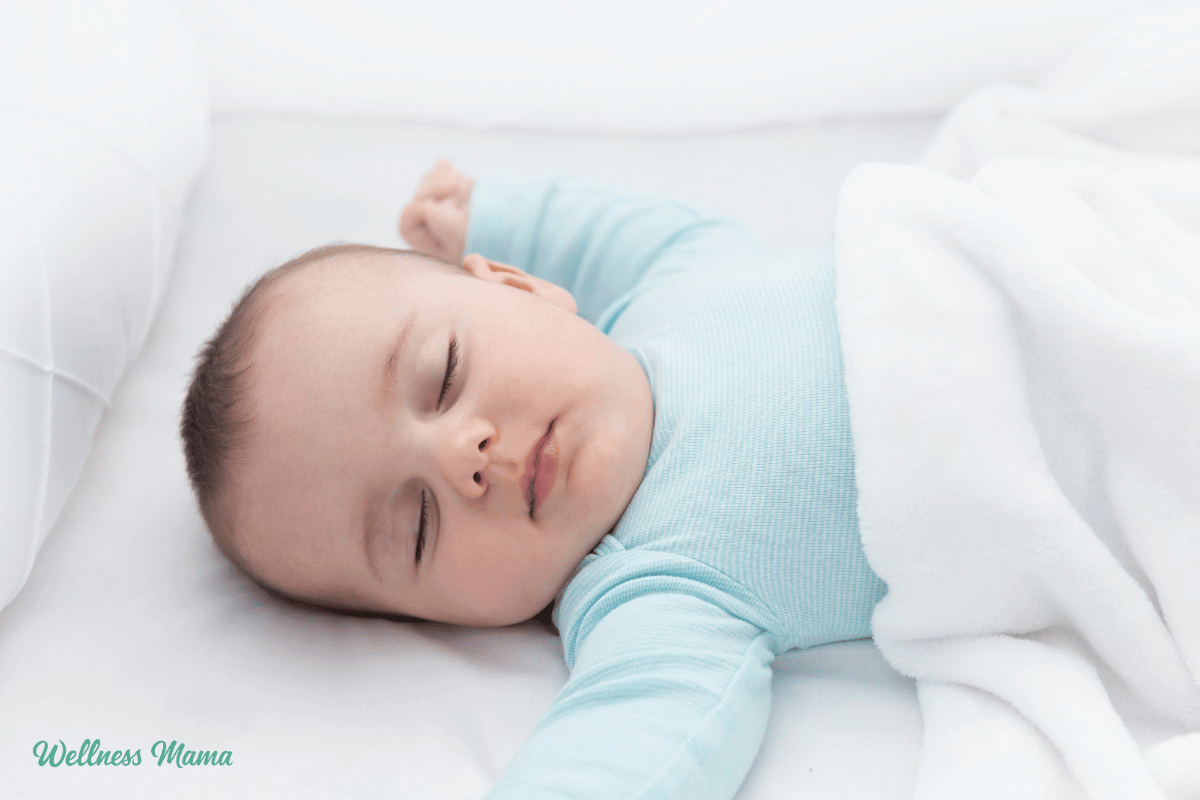

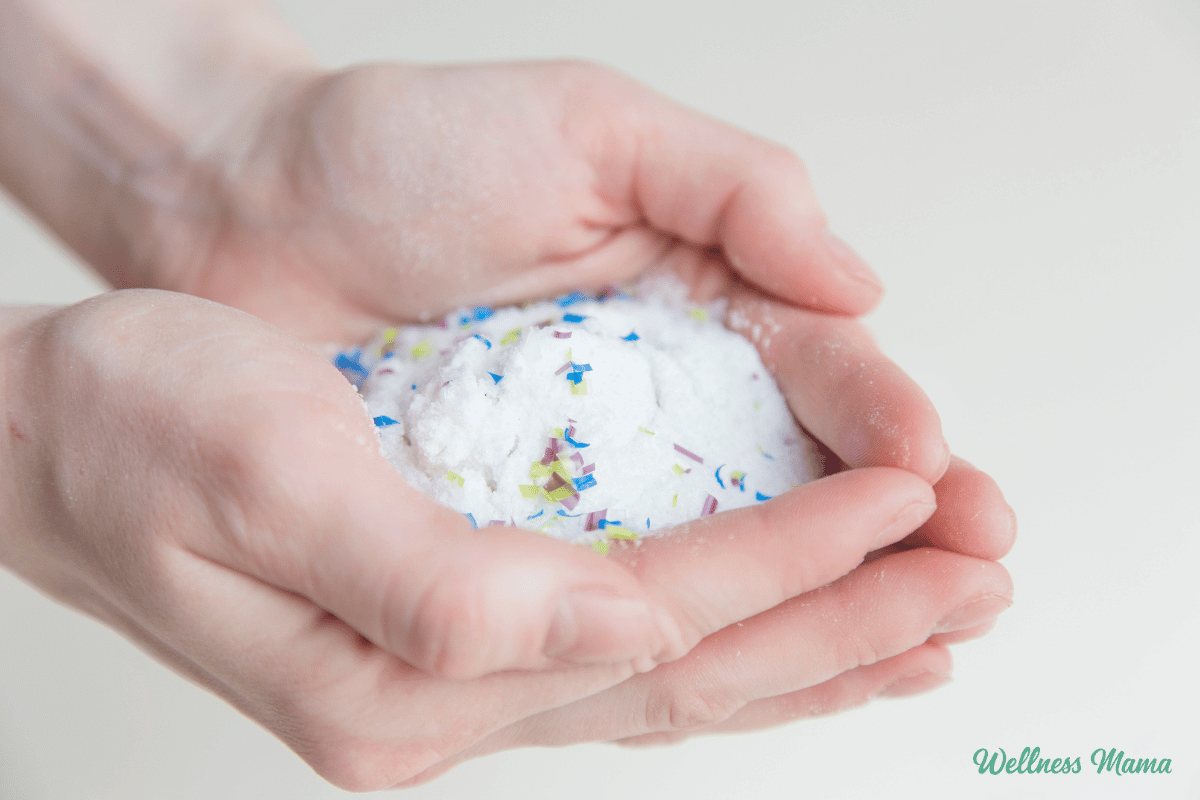

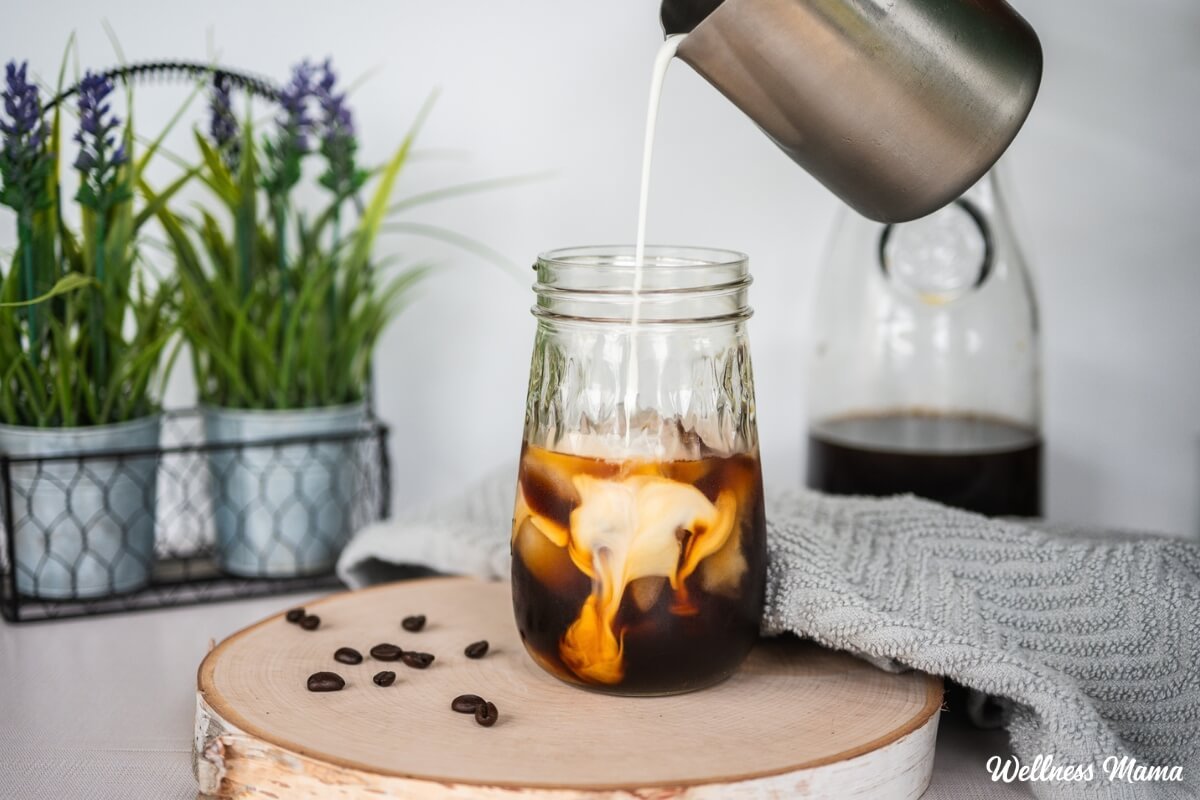
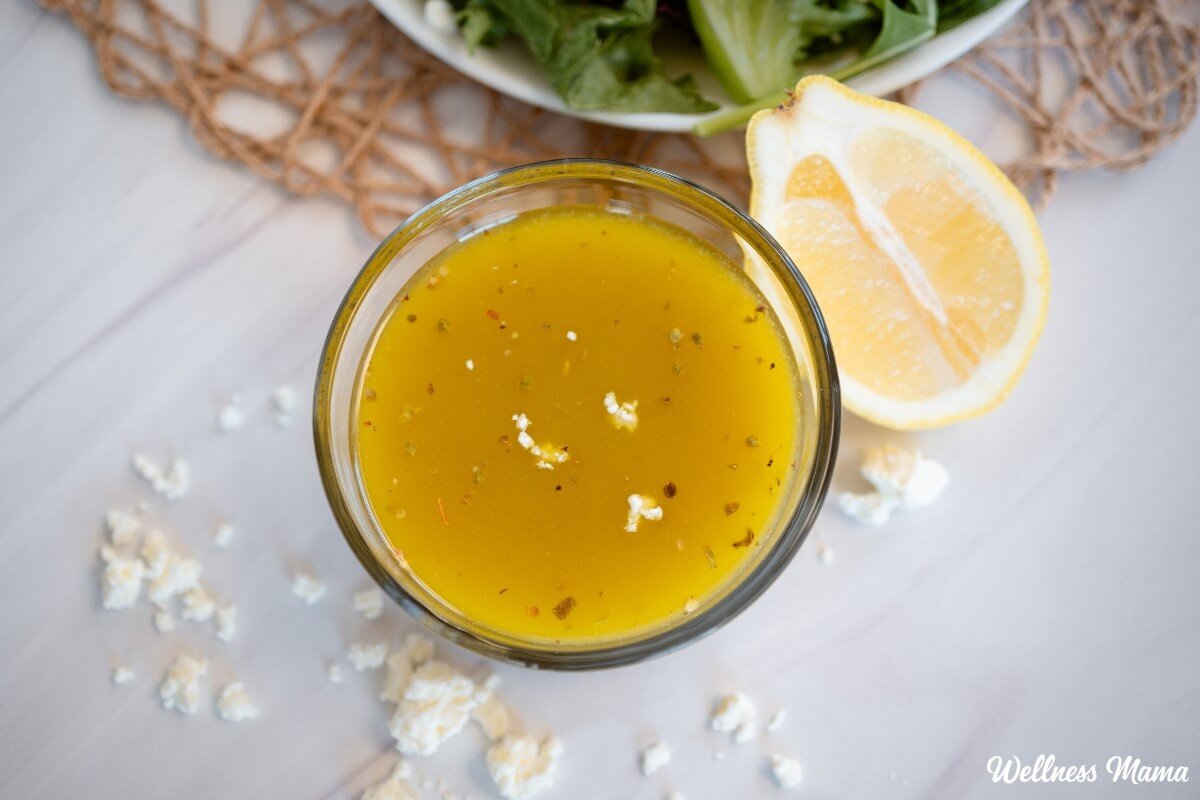
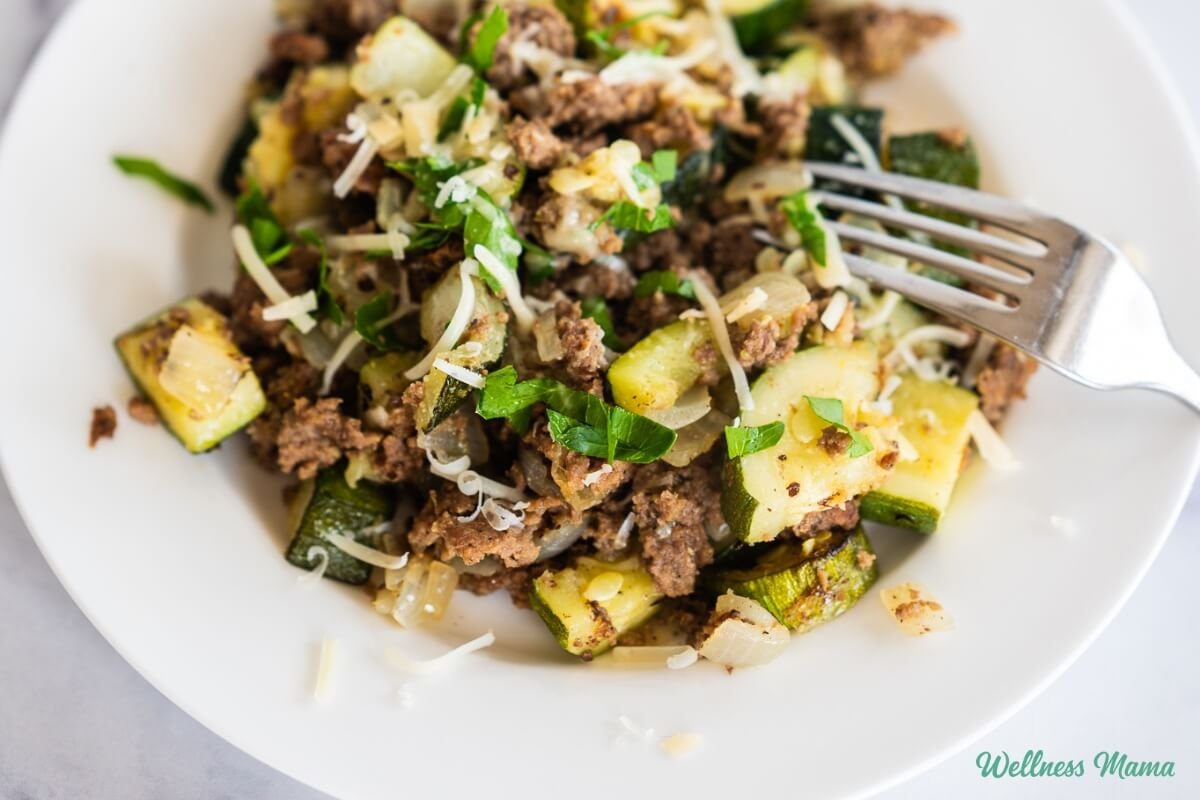
Leave a Reply